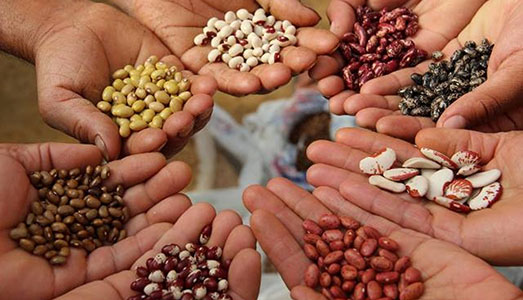— from Crosscut.com —
Rising from the heart of the Salish Sea, the San Juan Islands have always been a gathering place.
For at least 10,000 years, this cluster of 450 green-on-gray islands has drawn Native people who followed the salmon and seasons. In the 1860s, English and American soldiers shared one island for a decade in a border standoff triggered by the death of a trespassing pig. Today, tourists and wanderers tugged by the cobble beaches and quiescent waters arrive on ferries and floatplanes by the thousands, searching for wild peace.
On April 1, 2013, U.S. Department of the Interior brass gathered there to celebrate with state and tribal leaders and community members. About a thousand acres of forests, meadows, beaches, three lighthouses and dozens of islands had been rechristened a national monument — preserved, they contended, for generations to come.
Now, though, that monument is yet another point of tension for the Trump administration’s controversial public lands policies, leaving some who fought for decades to protect the San Juans concerned that federal management may harm the ecologically sensitive islands irreparably.
The Bureau of Land Management, which counts the San Juan Islands National Monument as part of its 245-million-acre portfolio, spent the past six years drawing up a plan to direct activity at the monument for decades. The fruits of BLM’s $2.4 million-and-counting effort is expected to be formalized this spring.
Released in near-final form in November, the BLM resource management plan envisions a robust trail system and habitat restoration program. But the plan also leaves the door open to shooting sports, herbicide spraying and, most troubling for those who fought for the land, camping on offshore rocks and small islands. Sites treasured by Coast Salish people on some of the smaller islands have already been trashed by visitors.
“The relationship between BLM and the community has been deteriorating for years now, and it’s not because there’s something wrong with the national monument,” said Russel Barsh, director of Kwiáht, an ecology laboratory based in the islands. “It’s because there’s something wrong with the Trump administration’s relationship to public lands — they don’t like having a lot of land that isn’t making money.”
Critics contend an administration-wide aversion to local guidance is undermining the monument, and that BLM’s plan prioritizes recreation over preservation. In interviews and in many of the 1,200 public comments offered on a draft of the plan and at public meetings, islanders and monument supporters returned to a fear that the San Juans will be “loved to death.”
**If you are reading theOrcasonian for free, thank your fellow islanders. If you would like to support theOrcasonian CLICK HERE to set your modestly-priced, voluntary subscription. Otherwise, no worries; we’re happy to share with you.**








The real scandal here is that the BLM had already spent several years “planning” for the small bits of rock and a few small parks. The whole National Monument designation happened, and it’s taken another six years to “plan.” Management of the area seemed fine the way it was a decade ago, but we’ve now spent hundreds of thousands of dollars and ended up with something worse.
“…But the plan also leaves the door open to shooting sports…”
Wow! That’s even worse than political tweeting and armed robbery!
Look, folks, we are suffering under a plague of deer, and we are the only “top predators” in sight. So unless you want to donate your garden to the deer’s bellies, you’re going to have to put up with “shooting sports.”
And that includes target practice, since if you can’t aim straight, you shouldn’t be hunting deer…or anything else.
As always, somebody’s now going to tell us that deer contraceptives is the “humane answer” to the problem.
OK, do-gooder, you tell me: how do we get the Depo-Provera into each and every doe?
Hint: It’ll take a gun, of one kind or another.